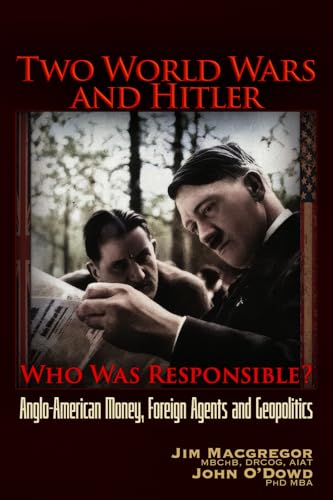
The Mammoth Book of How it Happened: World War I
by Jon E. Lewis
Popularity
4.21 / 5
* A book's popularity is determined by how it compares to all other books on this website.
Where to buy?
Buy from Amazon* If you buy this book through the link above, we may receive a small commission at no extra cost to you.
The Mammoth Book of How it Happened: World War I by Jon E. Lewis
Details
War:
World War I
Perspective:
Researcher
True Story:
Yes
Biography:
No
Region:
Europe
Page Count:
257
Published Date:
2012
ISBN13:
9781780337296
Description
Brief Summary
The Mammoth Book of How it Happened: World War I by Jon E. Lewis offers a comprehensive chronicle of the First World War, captured through the voices and experiences of those who lived it. The narrative weaves together a multitude of perspectives—from trench-bound soldiers in Flanders to the strategic minds in the staff rooms of Imperial Germany—creating a panoramic view of the war. Through these eyewitness accounts, the book vividly captures both the grim realities faced by individuals on the front lines and the broader political machinations that influenced the course of the conflict. This compilation offers an unflinching look into the impact and legacy of what was termed as the 'war to end all wars.'
Main Themes and Topics
The book emphasizes the theme of the sheer human cost of the Great War, delving into the tragic loss of lives and the human suffering endured by both soldiers and civilians. It also explores the larger geopolitical shifts that emerged from the conflict, such as the Russian Revolution and the realignment of global power structures that set the stage for future conflicts, including the rise of Hitler and World War II. The narrative provides detailed accounts of various fronts and key figures, highlighting the interconnectedness of individual experiences and broader historical processes.
Writing Style and Tone
Jon E. Lewis employs a documentary-style approach in this book, using primary sources and eyewitness accounts to create an authentic and immersive narrative. The tone is unvarnished and direct, reflecting the stark realities of war. Through the juxtaposition of diverse voices and experiences, Lewis manages to provide readers with a visceral sense of the chaos and human cost involved in the war. The use of real-life accounts and reports adds credibility and gravitas to the narrative, engaging the reader in a way that is both informative and emotionally powerful.
Criticism
Some readers might find the sheer volume of accounts and the fragmented nature of the narrative challenging to follow. The depth of detail, while comprehensive, may at times be overwhelming for those who are looking for a more distilled synthesis of events rather than an exhaustive documentary compilation. However, for readers who appreciate a detailed, unfiltered recount of history through direct testimonies, this book offers a valuable and thorough perspective.









